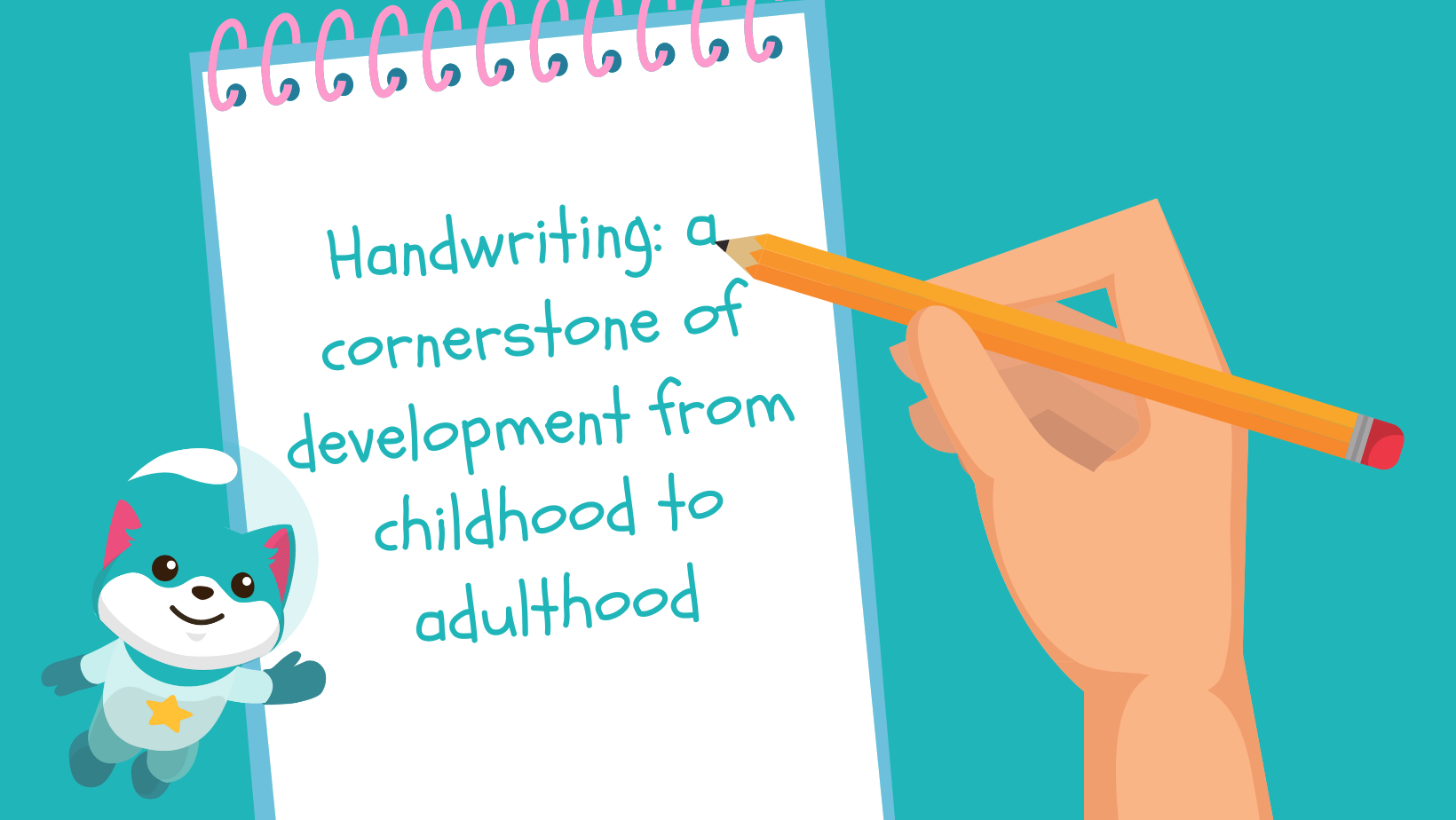
22 Jan Handwriting : A Cornerstone of Development from Childhood to Adulthood
On January 23rd, we celebrate International Handwriting Day, an opportune moment to reflect on the significance of this practice, particularly for the cognitive and motor development of children.
Challenges in Handwriting Learning
Handwriting, often underestimated, requires intensive learning. Hundreds of hours of practice are essential to master this intricate movement crucial for smooth communication. Unlike speech, which is considered more innate, writing engages the brain in a demanding coordination of motor, perceptual, and linguistic skills. Mastering both linguistic processes for understanding and spelling words and graphomotor processes for precise letter formation is vital. This learning extends over an extended period, demanding automation typically achieved by the end of elementary school.
Importance of Graphomotor Skills
The development of graphomotor skills is now essential for writing learning, interacting with spelling and writing components from primary school. Visual recognition and specific motor coordination for each letter are at the core of this learning. Recognizing letters is a powerful predictor of reading-writing success. Kaligo addresses this by providing exercises for visual recognition, contributing to the overall development of fine motor skills.
Cognitive Benefits of Handwriting
According to Edouard Gentaz, a specialist in sensorimotor development, handwriting is crucial for children’s reading and spelling learning. It stimulates various brain areas, enhancing letter and spelling memorization through gesture memory. Studies show that children regularly practicing handwriting demonstrate better visual letter discrimination.
Learning and Concentration
Handwriting is an interesting manual exercise for dexterity and finger-hand management. Kaligo, as a handwriting training app on tablets with a stylus, offers a more engaging and pressure-sensitive alternative to paper. This application supports children with learning difficulties and enhances their confidence.
Enhancing Thinking through Handwriting
Handwriting formalizes thoughts, organizes text production, and facilitates idea organization. Several studies, including those by Audrey van der Meer’s team, suggest that hand note-taking leads to deeper information processing, as students tend to rephrase in their own words.
Balancing Handwriting and Digital Tools
While computer skills have their advantages, preserving handwriting is crucial, especially in school. Adults should choose the appropriate tool based on the context and needs, whether it’s manual writing or keyboard typing. The rise of tablets and computers with touchscreens also reintroduces handwriting through stylus use.
Kalicat Colouring and Drawing Competition
On the occasion of International Handwriting Day, we launched a colouring and drawing competition featuring Kalicat, the mascot of Kaligo. Its goal? Helping children practice the essential graphomotor skills needed for the foundations of handwriting.
 Kalicat Colouring Competition for EYFS pupils:
Kalicat Colouring Competition for EYFS pupils:
- Download and print our Kalicat template
- Ask your pupils to colour Kalicat and design a new galaxy with shapes, lines, patterns…
Kalicat Drawing Competition for KS1 pupils:
- Invite them to draw Kalicat and design a beautiful galaxy filled with colours and shapes using “I practise drawing” on their Kaligo app
Submit your top 3 designs per class and share on social media using #Kalicat (Deadline: February, 13th).
The Kaligo team will select their favourite drawings. Winners will have the chance to see their Kalicat showcased in our media, and their class will receive exciting Kaligo accessories to add a personalized touch to their notebooks!
